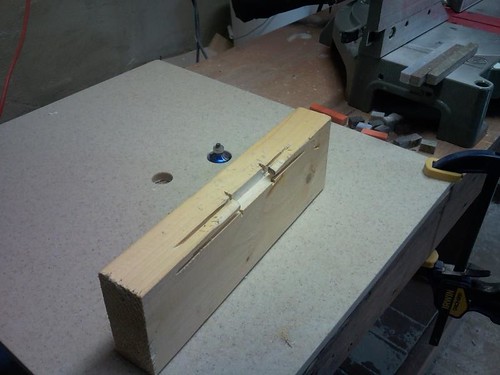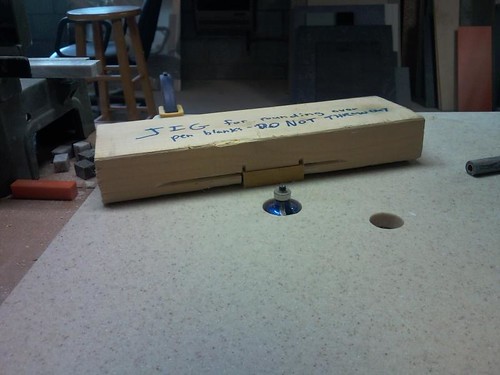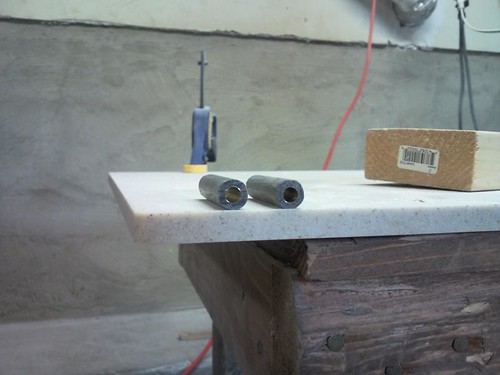I was turning my first plastic blank this morning and have problems. I'm using Acrylic Acetate and started with a Woodchuck Pen Pro - which I also have no experience with.
I get nice copious shaving ribbons, but every so often I get a dig in which ends up taking chips out of the blank, or a minor chatter which leaves a bunch of grooves. I switched to a 1/2" scraper which works better but much slower- but even with that I got a bit of dig in.
Part of the problem is that I may just need to get the feel of turning plastic.
However, how should the Pen Pro be place, should the cutting tip be aligned with the center of the mandrel or slightly up or down? Should the tool be held horizontal or tipped?
Should turning speeds by the same as for wood?
I get nice copious shaving ribbons, but every so often I get a dig in which ends up taking chips out of the blank, or a minor chatter which leaves a bunch of grooves. I switched to a 1/2" scraper which works better but much slower- but even with that I got a bit of dig in.
Part of the problem is that I may just need to get the feel of turning plastic.
However, how should the Pen Pro be place, should the cutting tip be aligned with the center of the mandrel or slightly up or down? Should the tool be held horizontal or tipped?
Should turning speeds by the same as for wood?



